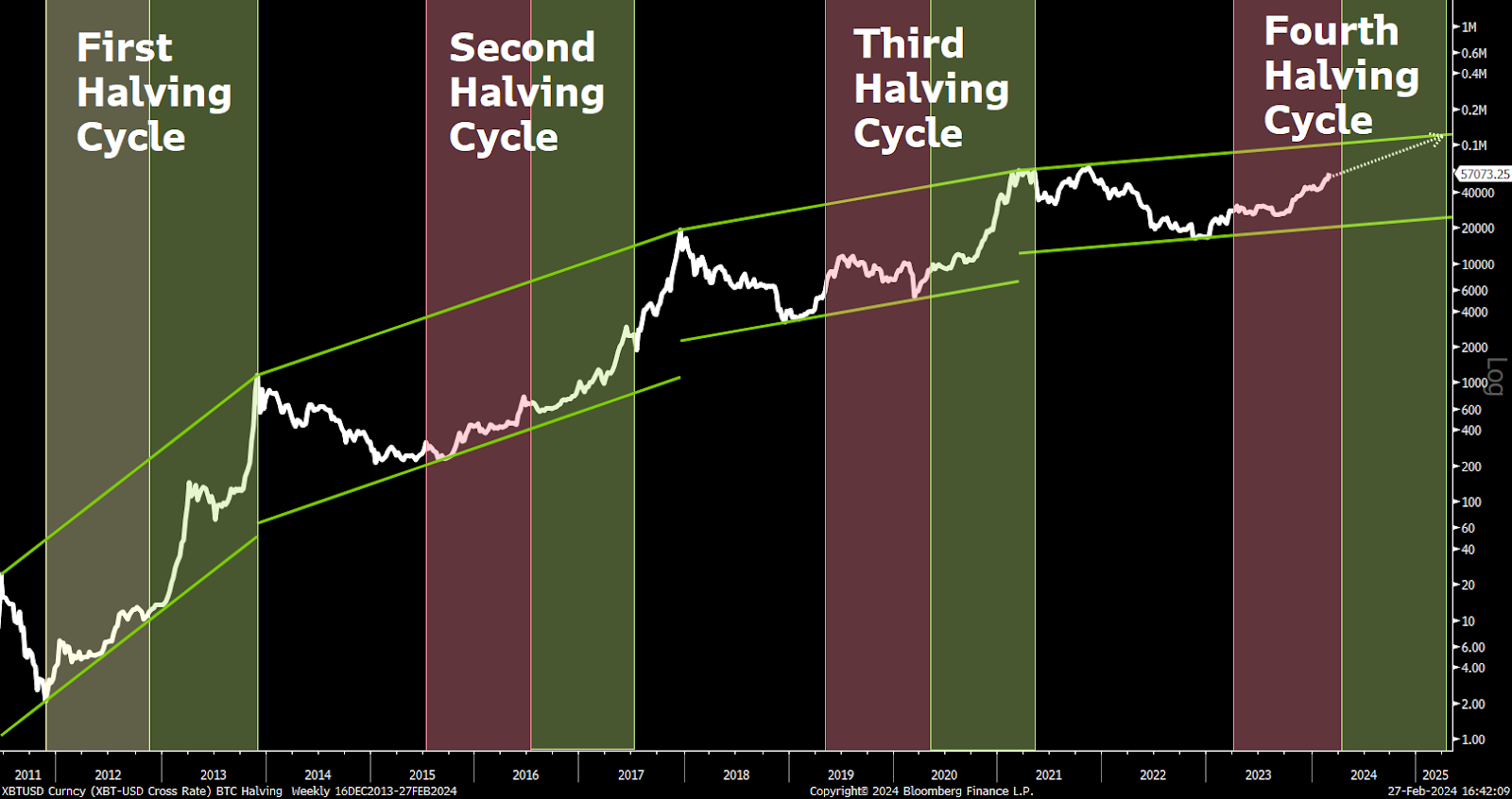Cryptocurrency is known for its volatility, something that certainly attracts a lot of daytraders and people hoping for quick and easy returns, but it can also worry some potential investors. People wary of crypto might point to its volatility as a bad sign, especially recently when Bitcoin hit a new all time high only to fall about 7% that same day. Volatility shouldn’t scare you away from cryptocurrency, though. In fact, volatility could be a sign that crypto, particularly Bitcoin, is a strong commodity tied deeply to our global economy. It’s not going up and down on mere whims, after all. It’s reacting to the market, and that means people see some purpose to it beyond 1s and 0s on a virtual ledger.
First, cryptocurrency is not, and has never been, on a straight upward trajectory of value and profit. In that sense, it’s very similar to traditional commodities such as gold and silver, both of which have wildly fluctuated in value over time. And, just like precious metals, cryptocurrency has intrinsic value because it provides a necessary function: acting as an alternative asset to the dollar for hedging against inflation. That gives cryptocurrency an important role to play in the global economy, particularly as fiat currencies become increasingly devalued. People are looking for ways to diversify their assets to protect against inflation and a declining dollar.
Put simply, crypto will go up and down in value in the short term, but its long term value will be supported by people’s need for an alternative to the dollar. That’s a need that isn’t going away any time soon.
In practice, that means that people who get into crypto with a goal of making a quick turnaround on their investment could be disappointed if they buy during a rising market and then the market goes down. That’s as true for crypto as it is for any commodity, and luck may play a big factor in those wins and losses on a short scale.
People who get into crypto with an eye on long term investments, however, are generally prepared to weather multiple cycles of booms and dips. And crypto is definitely known for such cycles.
Consider Bitcoin, for example. It’s generally recognized that the coin has repeated a four year cycle four times, as this chart from Nasdaq shows. The dips coincide with the coin’s halving cycle, with the booms preceding the coin’s halving each time. We are in the midst of a boom now as the next Bitcoin halving is coming up in April.

But what happens then? According to this chart – which goes back to 2011 – we can expect a dip in value for Bitcoin from whatever peak it attains during this cycle.
The most important takeaway from this chart, beyond demonstrating that cryptocurrencies are subject to cycles of boom and bust, is the rise in value of the coin over time. The dip of the third halving cycle, for example, is higher than the boom of the first halving cycle.
That effectively means that future peaks will be higher than our current-day dips – in part thanks to Bitcoin’s rock-solid value to investors as a dollar alternative. Volatility also has a tendency to scare away casual investors, or those with “paper hands” as the crypto community would describe them. Those without commitment tend to pull out in the midst of a cycle, meaning over time cryptocurrency accumulates among true believers and with an eye on long-term success. This is why “resistance” is an important word when looking at price charts. Every new cycle sets a new bottom, higher than the previous, making it unlikely the token will ever drop below that point again. These cycles of booms and busts essentially raise the intrinsic value step-by-step.
In summary, short term investors in the crypto market could be in for a bumpy ride, regardless of when they get in or out. Trying to time the market, including the crypto market, is always a bad idea as countless experts will warn. Long term investors, however – being those who view crypto as a suitable inflation hedge – are much more likely to see the value of their investment go up, albeit over a longer span of time. If you’re in it for the long haul, whether you’re riding a bull or a bear, don’t let go!
One option for those looking to maximize their long-term returns without focusing on market volatility is to open a Bitcoin IRA account. Bitcoin purchases into an IRA account are tax advantaged, meaning you can lower your tax bill while investing in Bitcoin and other cryptocurrencies.







